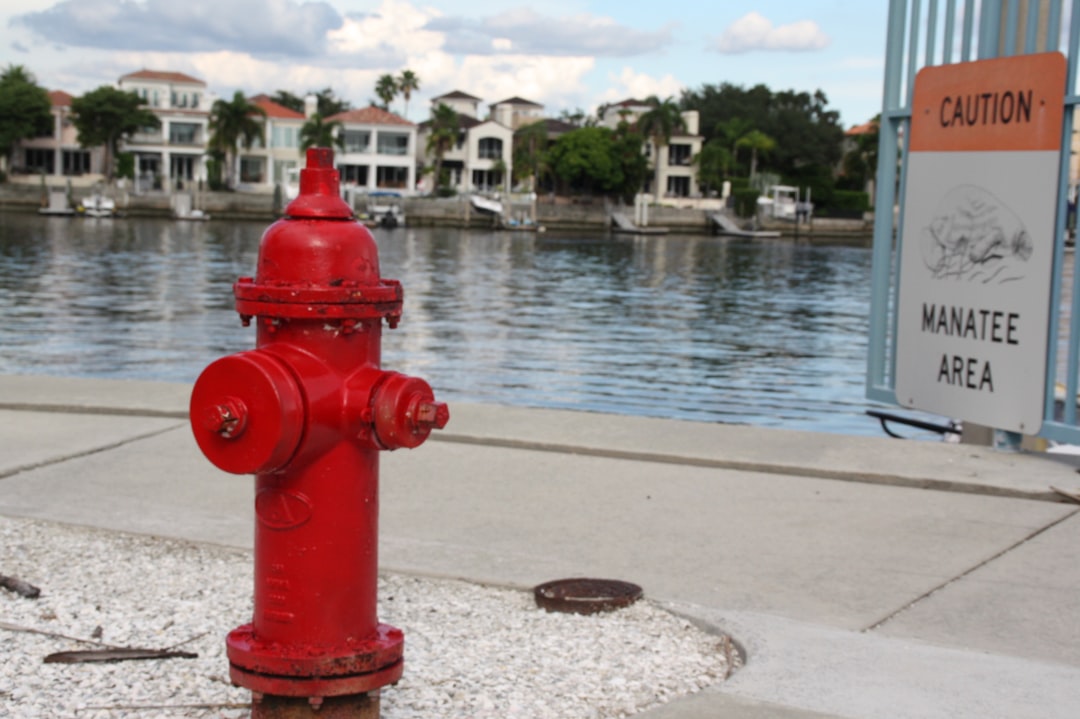Understanding the Search: Why Residential Pros Want a Commercial Fire Sprinkler System Cost Estimate
When residential projects like basement apartments or luxury duplexes require commercial-grade fire protection, contractors need precise cost estimates. The cost for a commercial fire sprinkler system can range from $3.25 to $8.90 per square foot, depending on the project specifics. CountBricks translates these requirements into accurate budgets, leveraging real-time data and AI-driven estimates.
How CountBricks Turns Conversations Into Numbers
1. You speak the scope: “3,200 sq ft duplex, 1-hour rated corridors, CPVC heads.”
2. Our AI maps your words to real-time material pricing, labor productivity, and local code tables.
3. Within seconds, CountBricks streams a detailed estimate and branded proposal straight to your inbox.
Core Cost Drivers for Residential-Scale Sprinkler Systems
- Building use and occupancy category
- Water supply type—municipal, boosted, or stored tank
- Pipe material—CPVC vs steel vs PEX
- Head density and spacing dictated by risk level
- Ceiling height and concealed spaces
- Tie-ins to existing domestic plumbing
- Permit, inspection, and testing fees
Typical Price Ranges Seen on CountBricks Projects
Our data set of 1,300+ recent residential builds shows:
- Garden-style apartments: $3.25–$4.40 per sq ft installed
- Luxury single-family with vaulted ceilings: $4.75–$6.10 per sq ft installed
- Historic loft conversions needing standpipes: $6.50–$8.90 per sq ft installed
Breaking Down the Estimate Line-by-Line
Material Package
- CPVC pipe & fittings: 38–45% of total cost
- Upright, pendent, or sidewall heads: 12–18%
- Valves, gauges, alarm switches: 6–9%
Labor Hours
- Layout & BIM coordination: 0.25 hr per head
- Rough-in installation: 0.60 hr per head
- Final trim & testing: 0.20 hr per head
CountBricks auto-adjusts these labor factors using regional productivity indexes pulled every night at 12 a.m.
Soft Costs
- Hydraulic calculations and stamped drawings
- Flow tests and backflow prevention certification
- Insurance surcharges when hot-work is required
Leveraging CountBricks to Sharpen Your Bid Strategy
- Run unlimited “what-if” scenarios—switch from steel to CPVC and watch the total update in real time.
- Lock in today’s material prices; CountBricks notifies you if PVC jumps more than 3% before you sign the contract.
- Export a polished customer quote complete with scope notes, clarifications, and optional alternates.
Case Snapshot: Maple Street Fourplex
A developer needed a quick commercial fire sprinkler system cost estimate for a 7,800 sq ft fourplex. Using the CountBricks voice app, the GC generated an itemized budget in under four minutes:
- Base system (CPVC, 13R): $29,640
- 5 hp booster pump: $6,850
- Permit & testing: $2,150
- Total: $38,640, within 2% of the final contract value after plan approval.
Frequently Asked Questions
Do residential codes ever require a full NFPA 13 system?
Yes. Townhomes taller than three stories and mixed-use buildings with retail at grade often upgrade from NFPA 13R to full NFPA 13 coverage. CountBricks checks municipal amendments automatically so your estimate reflects the stricter standard.
How accurate are CountBricks’ unit costs?
We synchronize nightly with top distributors and regional wage bulletins. Typical variance between our estimate and signed subcontract numbers is under 3% when the project timeline stays within 90 days.
Can CountBricks handle retrofit projects with limited ceiling access?
Absolutely. Use your phone to describe joist spacing and finish materials; our AI recommends flexible CPVC drops, calculates extra labor, and flags patch-back allowances.
Next Steps
Ready to secure a rock-solid commercial fire sprinkler system cost estimate for your residential project? Start a voice session now at CountBricks.com or book a live demo with our estimating specialists.
Beyond the Numbers: Value Engineering with CountBricks
Estimating is only the first step. The real savings appear when you use CountBricks to test design alternates before plans hit permit review.
Three Value-Engineering Moves that Shaved 14% off Recent Projects
- Swap Steel for CPVC in Light Hazard Zones: A 12-unit condo project initially specified Schedule 10 steel. CountBricks simulations showed a $5.60 per head material premium over CPVC. The design-build team revised specs and pocketed $9,400 in savings without impacting code compliance.
- Optimize Head Spacing with BIM-Driven Layouts: Our AI flagged redundant heads in oversized bedrooms. Adjusting spacing to the NFPA maximum reduced head count by 22, cutting $3,300 in hardware and trim labor.
- Combine Domestic and Fire Services: By upsizing the incoming main to 2½-inch, a townhome cluster eliminated a dedicated fire line, saving $12,700 in tap fees and asphalt restoration.
Step-By-Step: Using CountBricks for Authority Having Jurisdiction (AHJ) Approval
- Generate the base commercial fire sprinkler system cost estimate with voice input.
- Click “Export AHJ Package” to receive hydraulic calculations, cut-sheets, and a draft narrative.
- Submit documents, receive review comments, and update your CountBricks model in seconds to reflect any required changes.
- Re-issue the revised estimate to owners, maintaining transparent change-order tracking.
Pro Tips for First-Time Users
- Speak dimensions slowly—our engine captures fractional inches for pipe lengths with 98% accuracy.
- Tag uncertain scope items as “allowances” so CountBricks can highlight them visually on your proposal.
- Sync your supplier accounts to auto-apply contract pricing and gain an edge over competitors still using static databases.
Your Competitive Edge
Residential builders who master commercial-grade fire protection win larger, mixed-use projects and avoid costly redesigns. With CountBricks handling the math, you can focus on client relationships and schedule control. Explore more features at CountBricks.com and see how our customers close bids faster and with greater confidence.

